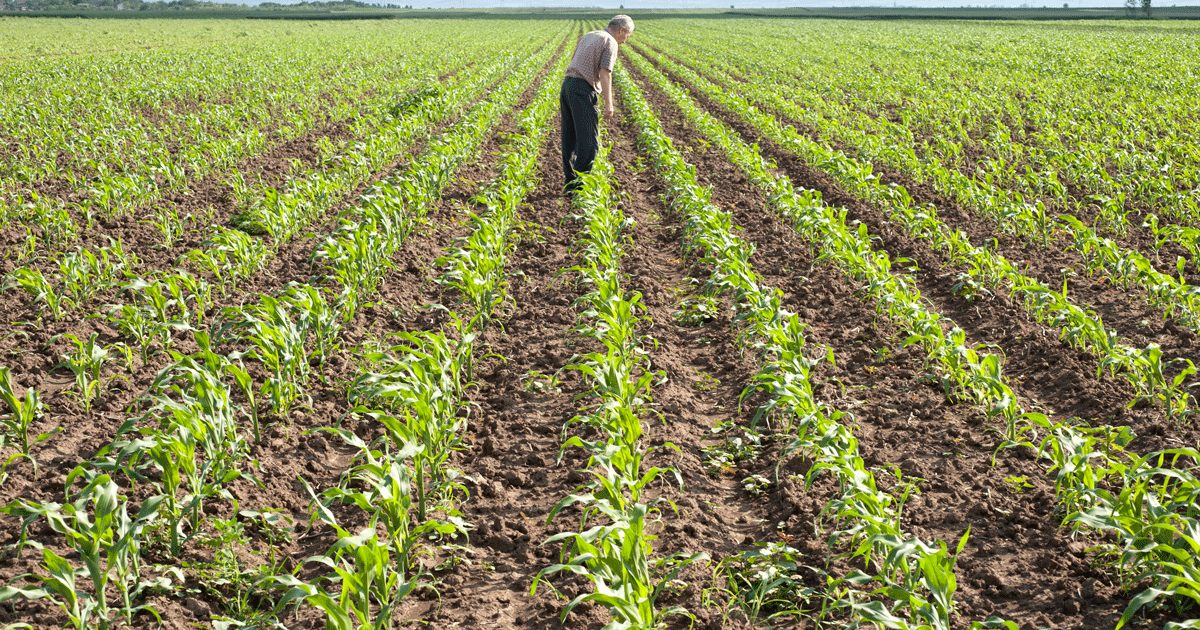Amidst the flood of articles predicting how technology like automation and artificial intelligence will change our economy in the future, it’s helpful to have a solid understanding of how the economy works today. How have the technological advancements, increased productivity, and increases in wealth we’ve witnessed over the past half century altered the structure of our economy: what jobs people hold, what people buy, what gets produced, and how.
If you’re as interested in these questions as I am, I highly recommend reading The Economy Goes to College: The Hidden Promise of Higher Education in the Post-Industrial Service Economy, a report released last year from Georgetown’s Center on Education and the Workforce. The report points to two major trends in our economy that have altered both what we consume and how we produce goods, thereby changing the mix of skills workers in this economy require. Both trends stem from the fact that technological improvements, increased educational attainment, and increased productivity have led to both increasing wealth and drastic reductions in the cost of goods.
Trend #1: Services over goods
With Americans (as a whole) having both more money to spend, and devoting less of that money to things like food and clothing, they’ve devoted a larger share of their income to services, broadly defined. In 1947, food and clothing made up 46% of consumption, but by 2007 these categories accounted for just 18% of consumer spending. Over that time period, Americans increased spending on services like healthcare (20% of total consumption), business services, education, government services, and recreation and leisure.
Trend #2: A different way of making goods
The second major trend is that as personal wealth has grown, we’ve increased demand for a high quality, customized, just-in-time set of goods and services. This changes how the “production recipes” for how goods are produced.
The production of food provides a nice example. In the late 60s, farmers captured 14% of the total value of food produced, but now contribute just 5% to the end sale. Meanwhile, a wide range of business services – from finance to insurance to advertising – contribute almost 20% to the final value of our food.
The big picture
The combination of these two trends means that contrary to the notion that machines are taking all our jobs, rapid advancements in technology and increased productivity have led to millions more jobs – they’re simply jobs of a completely different type of job. From 1967 to 2011, 82 million jobs were added to the economy, and all of them were in the broadly defined service industry. Meanwhile, the number of jobs in goods-producing industries (agriculture and manufacturing) has been stuck at around 25 million for the past 50 years, as automation allows us to produce more goods with fewer people.
This growth in services – both those we consume directly and those that are applied to the goods we buy – has created a demand for a more highly-educated workforce to work jobs in IT, finance, and business services. In 1967, a full 75% of the workforce had a high school degree or less, and just 13% had a Bachelor’s degree. Today, 32% of the workforce has at least a BA, with 61% of the workforce having at least some college.
With 15% of the workforce in goods-producing industries (down from 35% in 1967), and 20% in the low-end service work like retail and food services (stable since 1967), this leaves what the authors call the “office/high-skill” super sector, where 64% of the workforce now works, up from 50% in 1967. This sector accounts for 74% of total compensation in the economy. As the report states, the American economy has moved from factories and farms to offices, schools, and hospitals.
While the future is of course uncertain, one can make a pretty good bet that the trends that have reshaped the workforce over the last forty years will at least continue at pace, and likely accelerate rapidly. As I pointed out in a previous post, the wage premium paid to college graduates versus high school graduates continues to be wide, as the demand for knowledge work that adds value to more complex production recipes continues to increase. And there’s no evidence to suggest that this demand will wane anytime soon. This report found that since the early 1980s, employer demand for college-educated talent as risen at a rate of 3% annually, while the number of college grads produced has increased at just 1% annually.
So when we think about how to prepare students for the jobs of tomorrow, we can start by getting individuals the education needed to access this high-skill super sector that currently dominates our economy today.







